

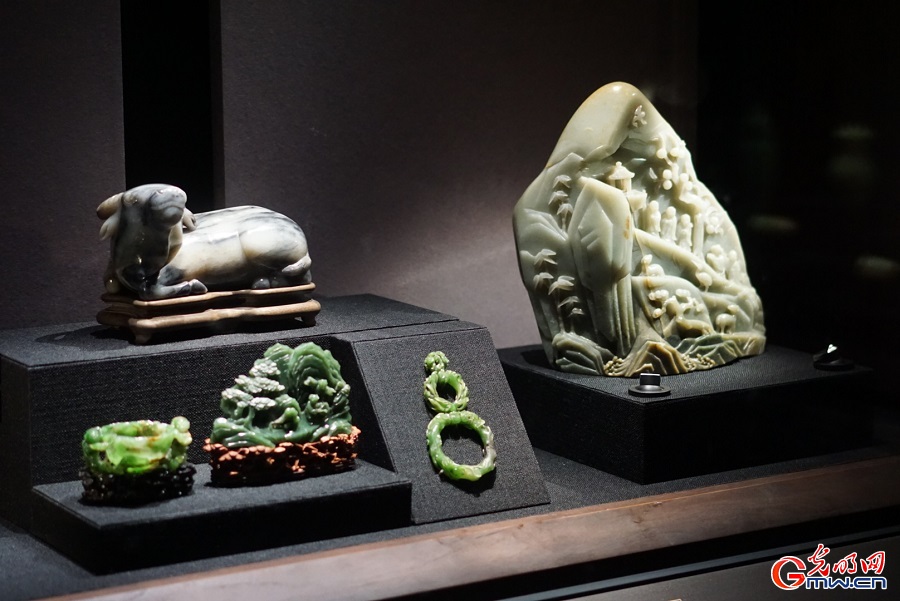
Photo taken on April 19, 2025 shows an exhibit displayed at an exhibition themed with "Jade from the Kunlun Mountains" at the Palace Museum in Beijing, China's capital city. The exhibition brings together more than one hundred representative pieces from different dynasties, tracing the historical trajectory of jade from its early use in Neolithic times to its flourishing during the Qing court. Through five themed sections—including Origins of Jade, Ritual Significance, Imperial Elegance, and Daily Life and Ornaments—the exhibition highlights how jade, sourced from the remote Kunlun Mountains in today’s Xinjiang, became a vital carrier of aesthetic ideals, spiritual beliefs, and political authority in Chinese civilization. The display not only showcases rare cultural treasures but also underscores the enduring role of jade as a symbol of unity, continuity, and identity across thousands of years. (Wang Xinyuan/Guangming Picture)
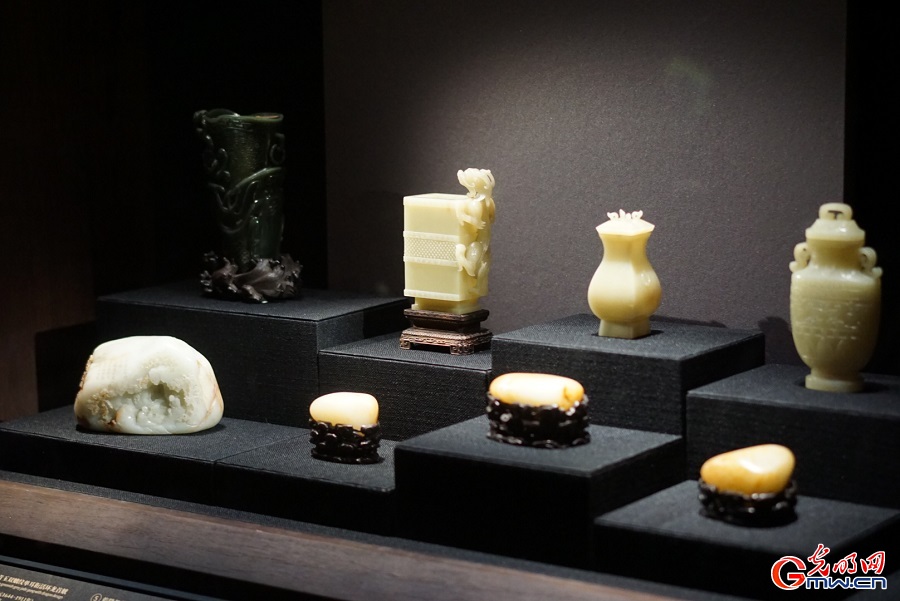
Photo taken on April 19, 2025 shows an exhibit displayed at an exhibition themed with "Jade from the Kunlun Mountains" at the Palace Museum in Beijing, China's capital city. The exhibition brings together more than one hundred representative pieces from different dynasties, tracing the historical trajectory of jade from its early use in Neolithic times to its flourishing during the Qing court. Through five themed sections—including Origins of Jade, Ritual Significance, Imperial Elegance, and Daily Life and Ornaments—the exhibition highlights how jade, sourced from the remote Kunlun Mountains in today’s Xinjiang, became a vital carrier of aesthetic ideals, spiritual beliefs, and political authority in Chinese civilization. The display not only showcases rare cultural treasures but also underscores the enduring role of jade as a symbol of unity, continuity, and identity across thousands of years. (Wang Xinyuan/Guangming Picture)
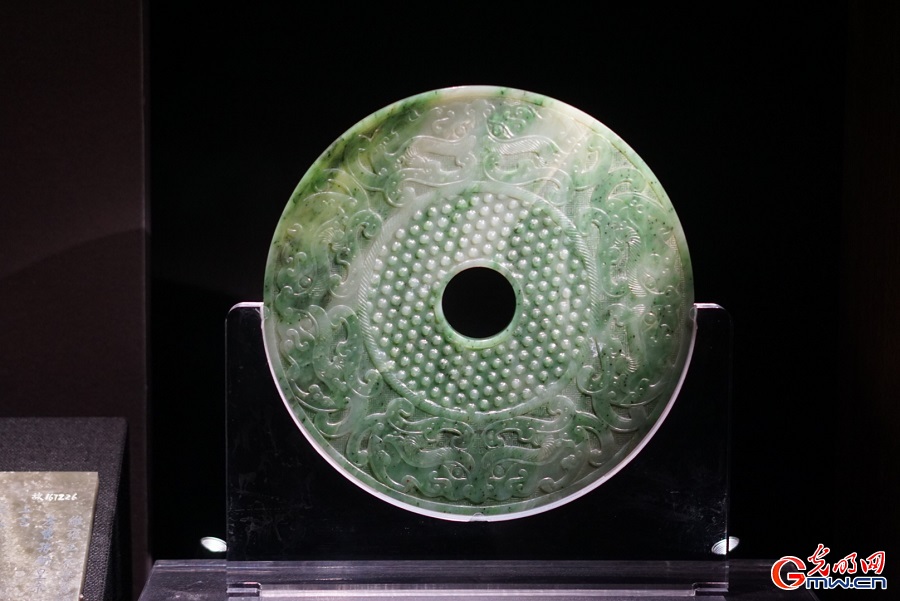
Photo taken on April 19, 2025 shows an exhibit displayed at an exhibition themed with "Jade from the Kunlun Mountains" at the Palace Museum in Beijing, China's capital city. The exhibition brings together more than one hundred representative pieces from different dynasties, tracing the historical trajectory of jade from its early use in Neolithic times to its flourishing during the Qing court. Through five themed sections—including Origins of Jade, Ritual Significance, Imperial Elegance, and Daily Life and Ornaments—the exhibition highlights how jade, sourced from the remote Kunlun Mountains in today’s Xinjiang, became a vital carrier of aesthetic ideals, spiritual beliefs, and political authority in Chinese civilization. The display not only showcases rare cultural treasures but also underscores the enduring role of jade as a symbol of unity, continuity, and identity across thousands of years. (Wang Xinyuan/Guangming Picture)
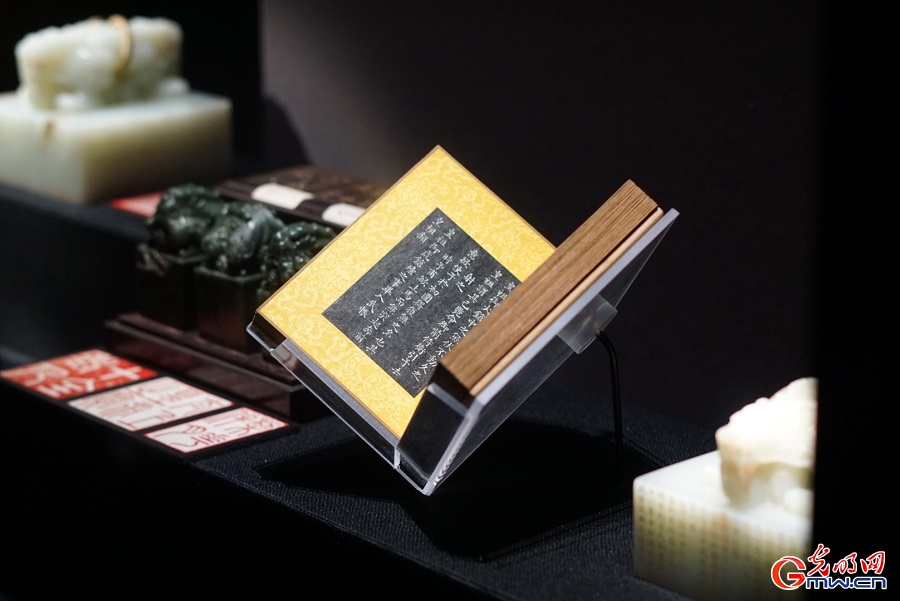
Photo taken on April 19, 2025 shows an exhibit displayed at an exhibition themed with "Jade from the Kunlun Mountains" at the Palace Museum in Beijing, China's capital city. The exhibition brings together more than one hundred representative pieces from different dynasties, tracing the historical trajectory of jade from its early use in Neolithic times to its flourishing during the Qing court. Through five themed sections—including Origins of Jade, Ritual Significance, Imperial Elegance, and Daily Life and Ornaments—the exhibition highlights how jade, sourced from the remote Kunlun Mountains in today’s Xinjiang, became a vital carrier of aesthetic ideals, spiritual beliefs, and political authority in Chinese civilization. The display not only showcases rare cultural treasures but also underscores the enduring role of jade as a symbol of unity, continuity, and identity across thousands of years. (Wang Xinyuan/Guangming Picture)

Photo taken on April 19, 2025 shows an exhibit displayed at an exhibition themed with "Jade from the Kunlun Mountains" at the Palace Museum in Beijing, China's capital city. The exhibition brings together more than one hundred representative pieces from different dynasties, tracing the historical trajectory of jade from its early use in Neolithic times to its flourishing during the Qing court. Through five themed sections—including Origins of Jade, Ritual Significance, Imperial Elegance, and Daily Life and Ornaments—the exhibition highlights how jade, sourced from the remote Kunlun Mountains in today’s Xinjiang, became a vital carrier of aesthetic ideals, spiritual beliefs, and political authority in Chinese civilization. The display not only showcases rare cultural treasures but also underscores the enduring role of jade as a symbol of unity, continuity, and identity across thousands of years. (Wang Xinyuan/Guangming Picture)
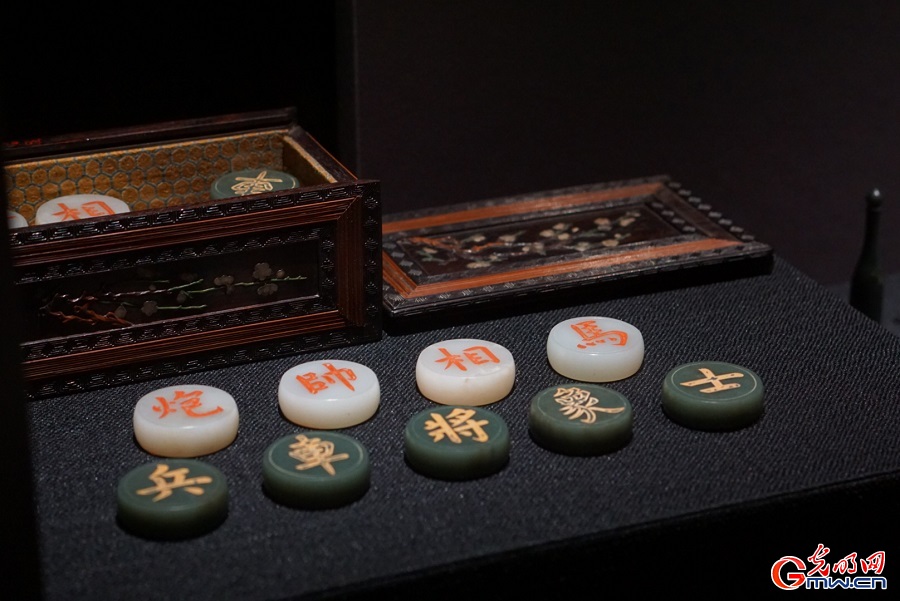
Photo taken on April 19, 2025 shows an exhibit displayed at an exhibition themed with "Jade from the Kunlun Mountains" at the Palace Museum in Beijing, China's capital city. The exhibition brings together more than one hundred representative pieces from different dynasties, tracing the historical trajectory of jade from its early use in Neolithic times to its flourishing during the Qing court. Through five themed sections—including Origins of Jade, Ritual Significance, Imperial Elegance, and Daily Life and Ornaments—the exhibition highlights how jade, sourced from the remote Kunlun Mountains in today’s Xinjiang, became a vital carrier of aesthetic ideals, spiritual beliefs, and political authority in Chinese civilization. The display not only showcases rare cultural treasures but also underscores the enduring role of jade as a symbol of unity, continuity, and identity across thousands of years. (Wang Xinyuan/Guangming Picture)

Photo taken on April 19, 2025 shows an exhibit displayed at an exhibition themed with "Jade from the Kunlun Mountains" at the Palace Museum in Beijing, China's capital city. The exhibition brings together more than one hundred representative pieces from different dynasties, tracing the historical trajectory of jade from its early use in Neolithic times to its flourishing during the Qing court. Through five themed sections—including Origins of Jade, Ritual Significance, Imperial Elegance, and Daily Life and Ornaments—the exhibition highlights how jade, sourced from the remote Kunlun Mountains in today’s Xinjiang, became a vital carrier of aesthetic ideals, spiritual beliefs, and political authority in Chinese civilization. The display not only showcases rare cultural treasures but also underscores the enduring role of jade as a symbol of unity, continuity, and identity across thousands of years. (Wang Xinyuan/Guangming Picture)
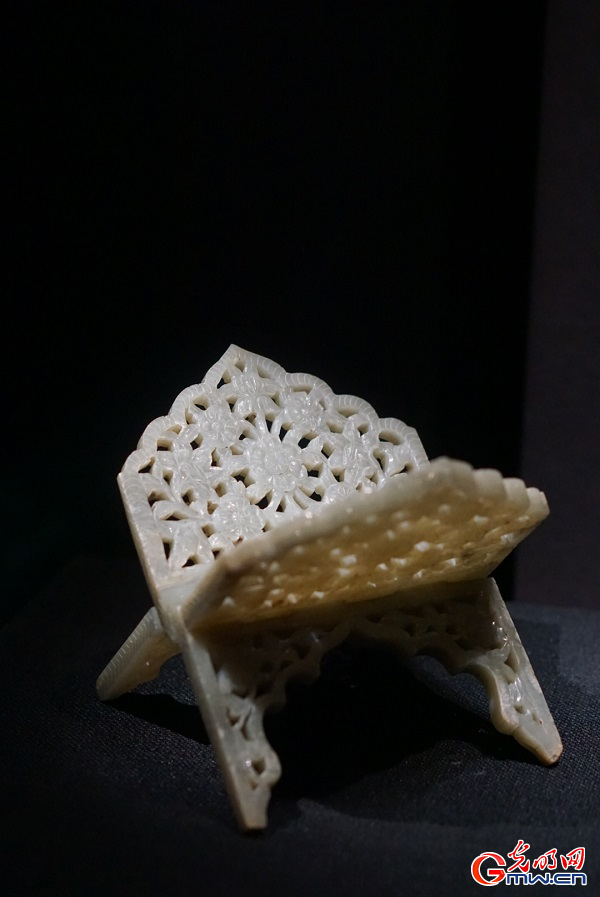
Photo taken on April 19, 2025 shows an exhibit displayed at an exhibition themed with "Jade from the Kunlun Mountains" at the Palace Museum in Beijing, China's capital city. The exhibition brings together more than one hundred representative pieces from different dynasties, tracing the historical trajectory of jade from its early use in Neolithic times to its flourishing during the Qing court. Through five themed sections—including Origins of Jade, Ritual Significance, Imperial Elegance, and Daily Life and Ornaments—the exhibition highlights how jade, sourced from the remote Kunlun Mountains in today’s Xinjiang, became a vital carrier of aesthetic ideals, spiritual beliefs, and political authority in Chinese civilization. The display not only showcases rare cultural treasures but also underscores the enduring role of jade as a symbol of unity, continuity, and identity across thousands of years. (Wang Xinyuan/Guangming Picture)
点击右上角![]() 微信好友
微信好友
 朋友圈
朋友圈

请使用浏览器分享功能进行分享
